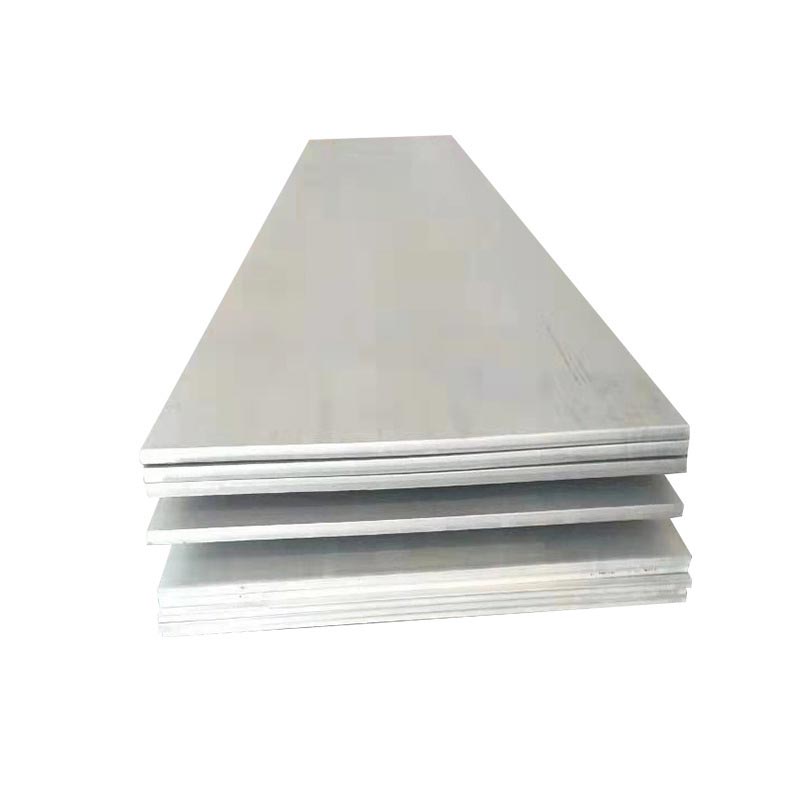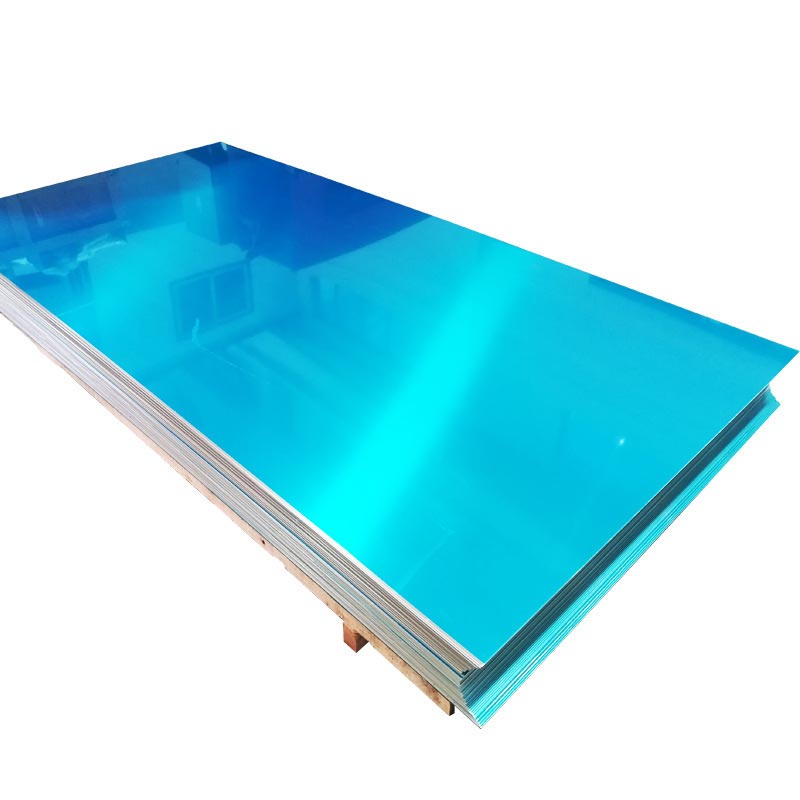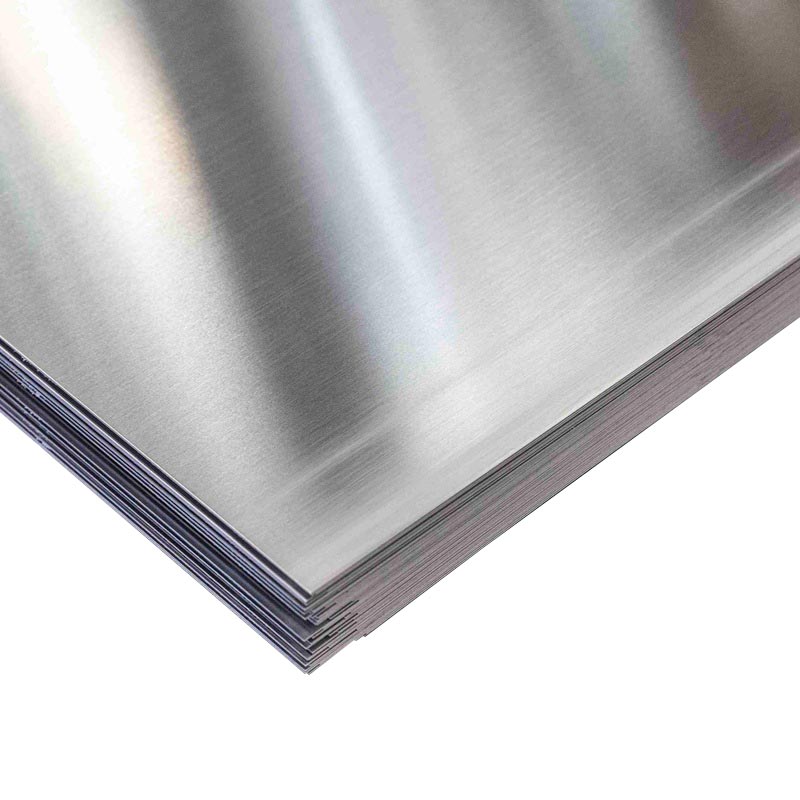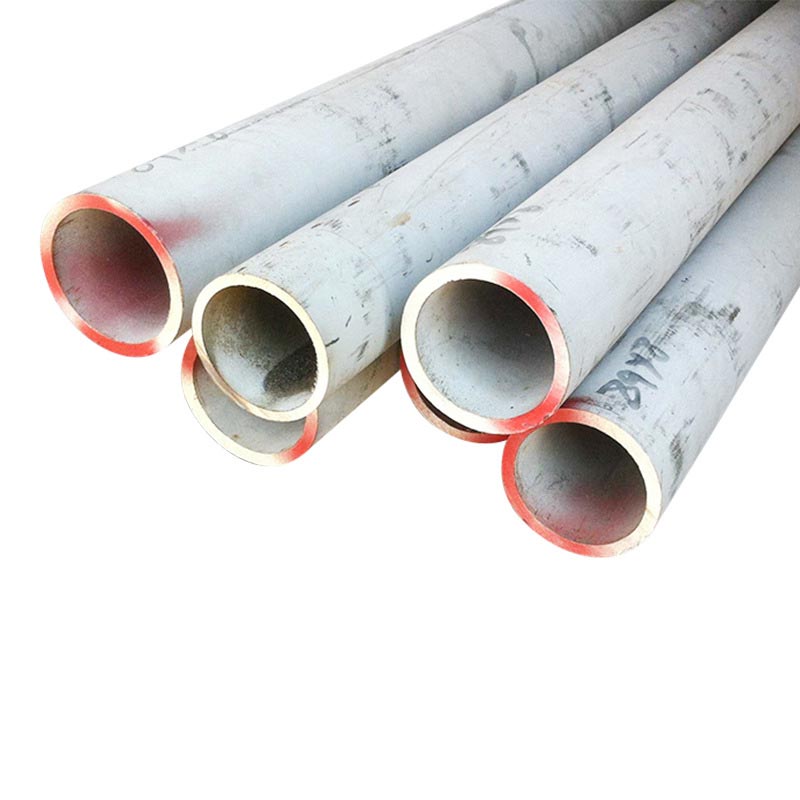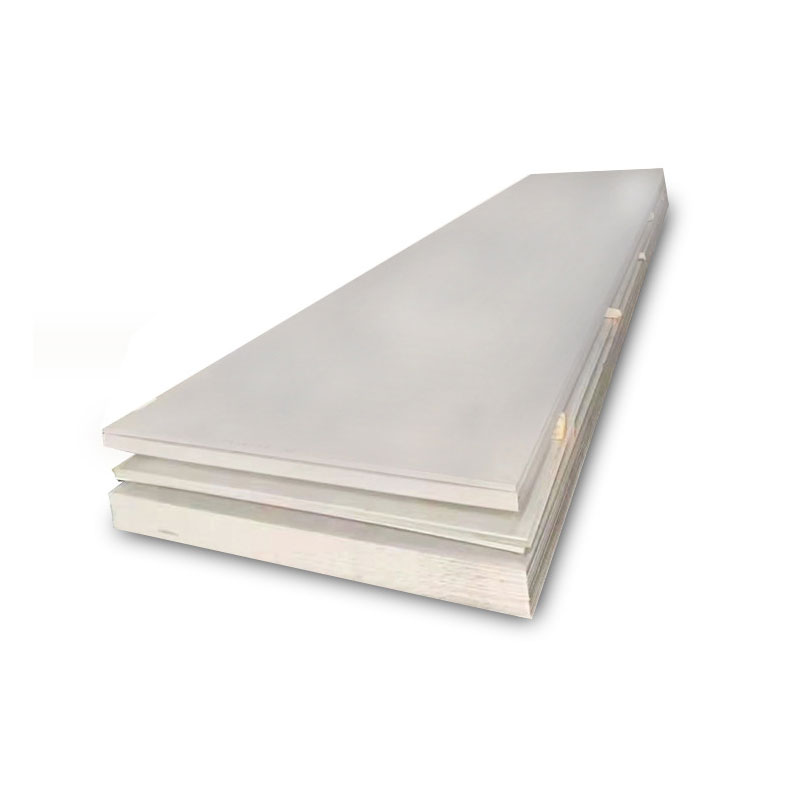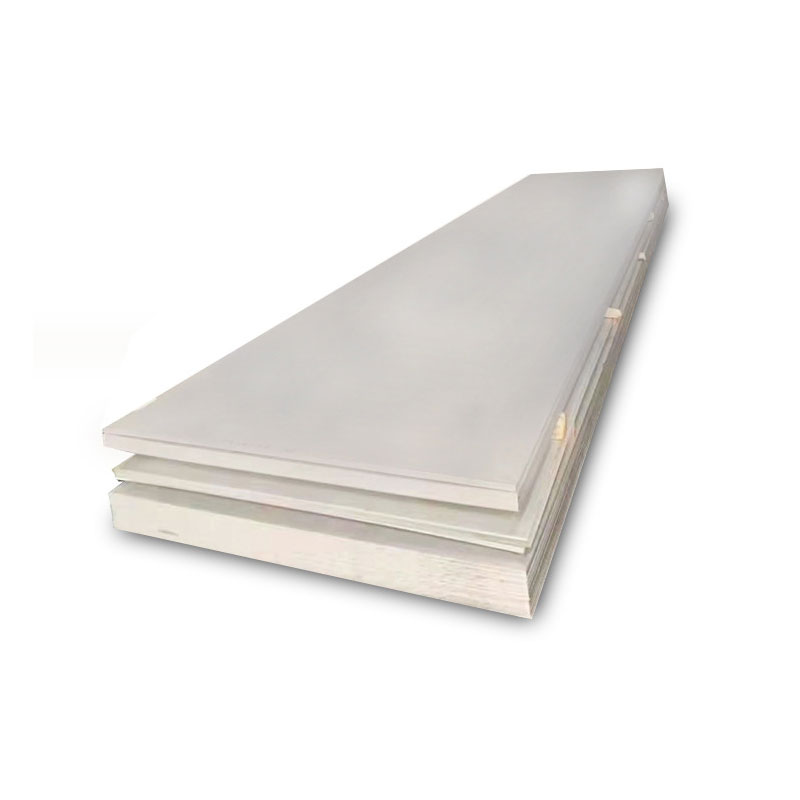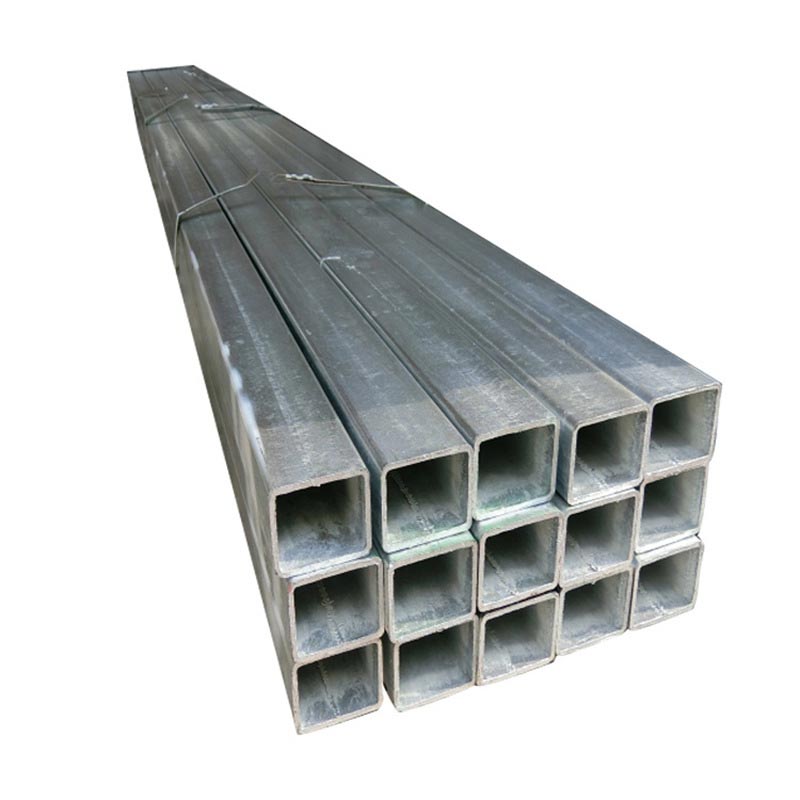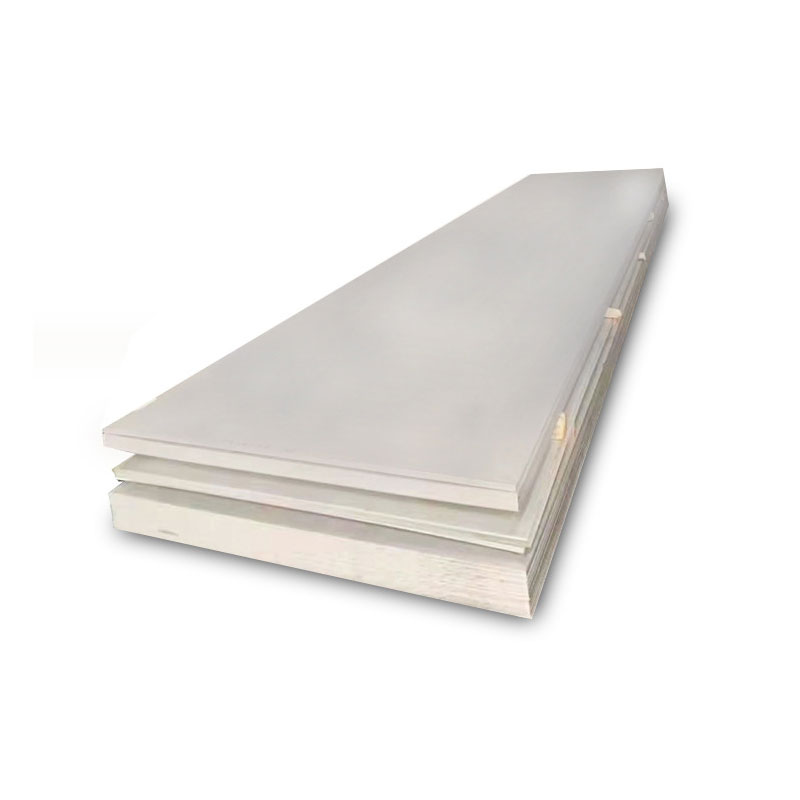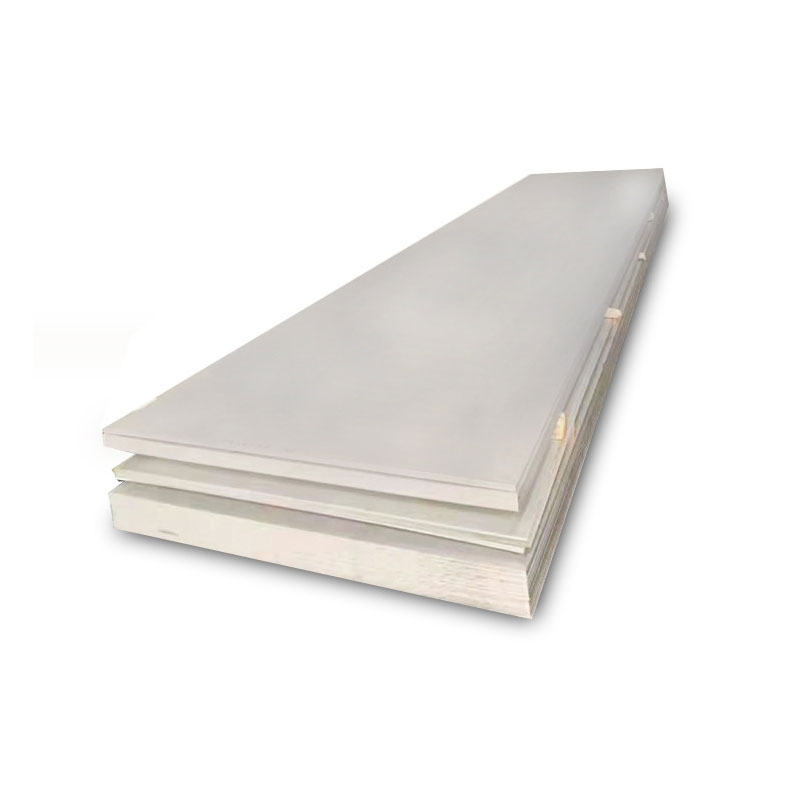How much do you know about Stainless Steel Sheet?
How much do you know about Stainless Steel Sheet?
Stainless Steel Sheet generally refers to both stainless steel plates and acid-resistant steel plates. Introduced in the early 20th century, the development of Stainless Steel Sheet has laid an important material and technical foundation for modern industrial progress and technological advancements.
There are many types of Stainless Steel Sheet, each with distinct properties, which have gradually formed several major categories over time. Based on microstructure, they are classified into four main types: austenitic Stainless Steel Sheet, martensitic Stainless Steel Sheet (including precipitation-hardening Stainless Steel Sheet), ferritic Stainless Steel Sheet, and austenitic-ferritic duplex Stainless Steel Sheet. Alternatively, they can be categorized by their primary chemical composition or characteristic elements, such as chromium Stainless Steel Sheet, chromium-nickel Stainless Steel Sheet, chromium-nickel-molybdenum Stainless Steel Sheet, as well as low-carbon Stainless Steel Sheet, high-molybdenum Stainless Steel Sheet, and high-purity Stainless Steel Sheet.
Classification by performance and application includes nitric acid-resistant Stainless Steel Sheet, sulfuric acid-resistant Stainless Steel Sheet, pitting-resistant Stainless Steel Sheet, stress corrosion-resistant Stainless Steel Sheet, and high-strength Stainless Steel Sheet. Functional classifications include low-temperature Stainless Steel Sheet, non-magnetic Stainless Steel Sheet, free-machining Stainless Steel Sheet, and superplastic Stainless Steel Sheet.
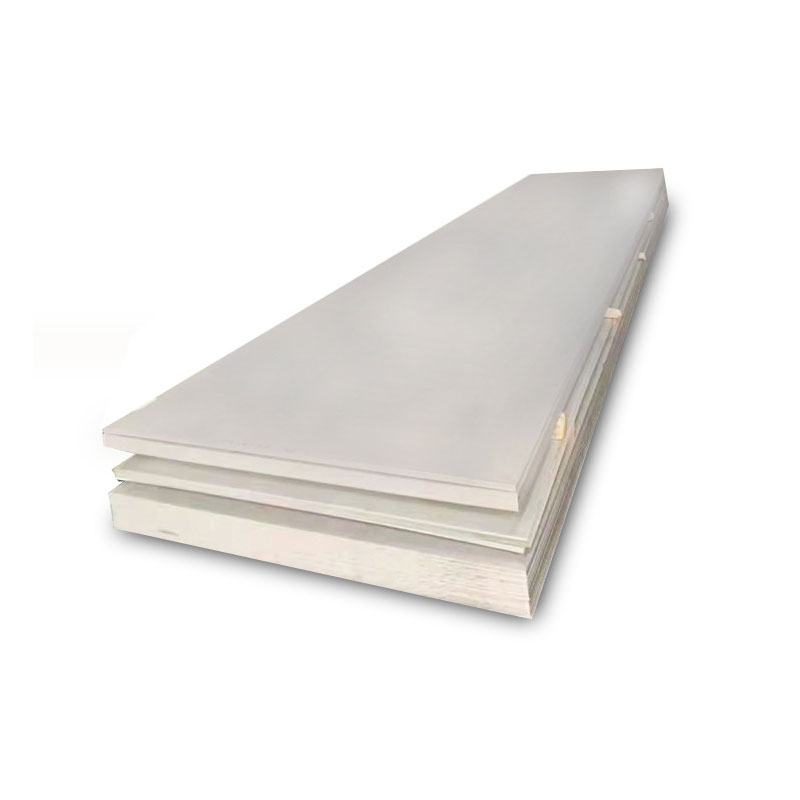
Stainless Steel Sheet has a wide range of applications, including typical uses such as pulp and papermaking equipment, heat exchangers, machinery, dyeing equipment, film processing equipment, pipelines, and exterior materials for coastal buildings.
As an alloy steel that is resistant to rust, Stainless Steel Sheet exhibits corrosion resistance similar to the unstable nickel-chromium alloy 304 in withstanding general corrosion. Prolonged heating within the carbide precipitation temperature range may affect alloys 321 and 347 in harsh corrosive environments.
High-temperature oxidation resistance is a common feature of Stainless Steel Sheet, though oxidation rates are influenced by exposure conditions and inherent factors such as product form. The overall heat transfer coefficient of metals depends not only on thermal conductivity but also on other factors, including film heat dissipation coefficient, scale, and surface condition. Stainless Steel Sheet maintains a clean surface, enabling better heat transfer compared to metals with higher thermal conductivity.
Technical Standards for Stainless Steel Sheet
Stainless Steel Sheet excels in corrosion resistance, bendability, weld zone toughness, and stamping performance. Specifically, it involves heating Stainless Steel Sheet with the following composition—C: ≤0.02%, N: ≤0.02%, Cr: 11–17%, appropriate amounts of Si, Mn, P, S, Al, Ni, and meeting the conditions: 12 ≤ Cr + Mo + 1.5Si ≤ 17, 1 ≤ Ni + 30(C + N) + 0.5(Mn + Cu) ≤ 4, Cr + 0.5(Ni + Cu) + 3.3Mo ≥ 16.0, and 0.006 ≤ C + N ≤ 0.030—to 850–1250°C, followed by cooling at a rate of ≥1°C/s. This treatment yields a microstructure with ≥12% martensite by volume, high strength (≥730 MPa), excellent corrosion resistance, bendability, and weld zone toughness. The addition of Mo, B, etc., further enhances the stamping performance of welded sections.
Stainless Steel Sheet cannot be cut with an oxy-fuel flame because it is resistant to oxidation.
- Why Does Tinplate Steel Win Real-World Packaging Projects Today?
- Surface Quality Inspection Methods and Precautions for 304 Stainless Steel Sheet
- What is the Manufacturing Process of Stainless Steel Tube?
- Welding Quality Measures for 304 Stainless Steel Seamless Tubes
- How to Choose the Stainless Steel Tube for Your Industrial Needs?
- Bright Annealing Conditions for 304 Stainless Steel Tube


